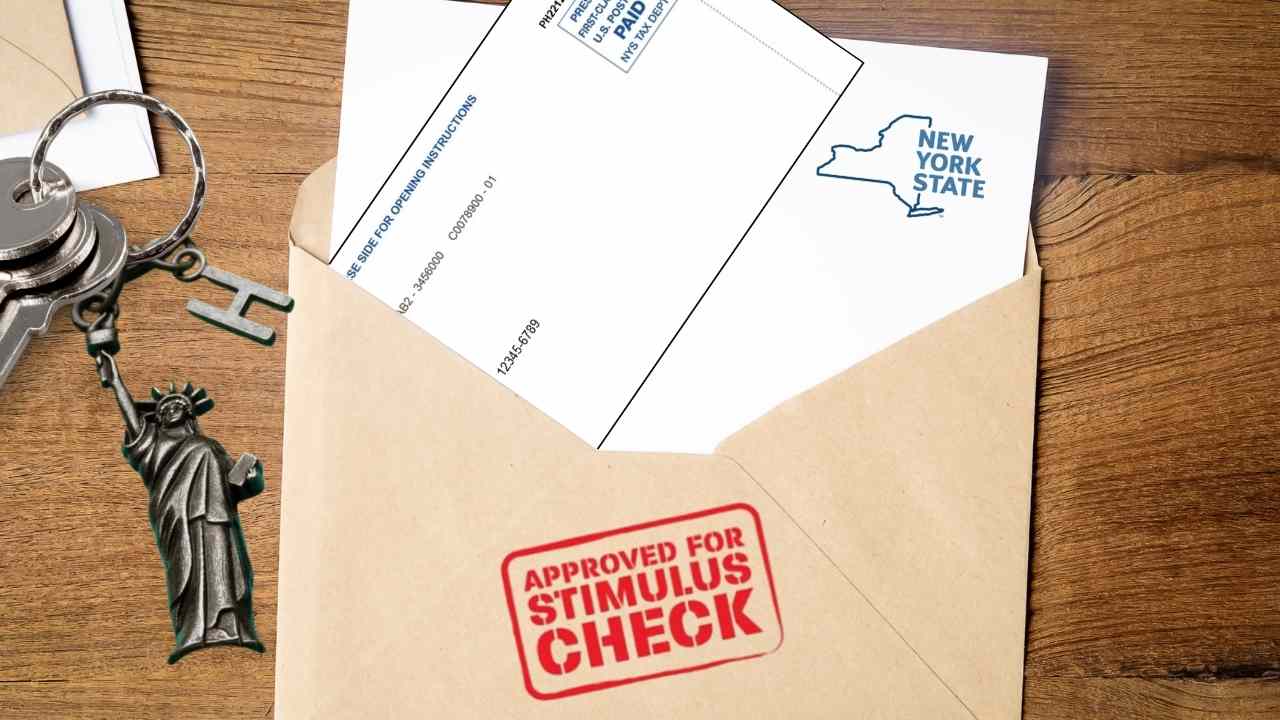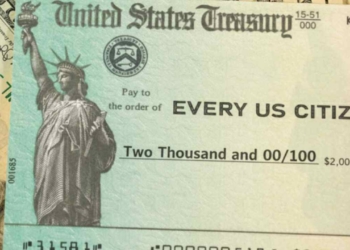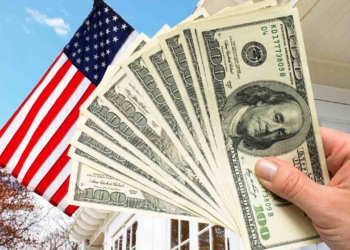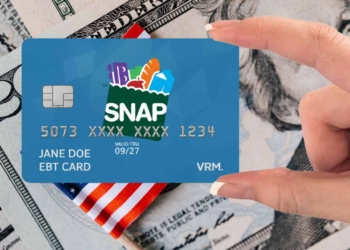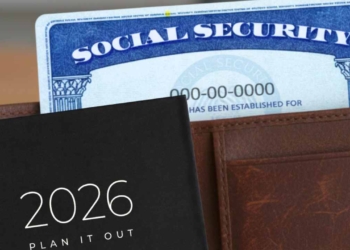Who doesn’t love a good stimulus check program? We all love a little extra cash we didn’t expect that comes in handy to pay off a credit card or make a mortgage payment. The STAR (School Tax Relief) Program is one such tax initiative in New York State, focused on mitigating the school tax burden on homeowners.
The STAR stimulus payment program was established in the late 1990s, and its central function is to mitigate the costs of owning real estate in a jurisdiction known for its high tax obligations. Property owners who meet certain residency and income requirements receive a tax relief intended to fund public school districts.
Essentially, the state subsidizes a portion of the payment, compensating school districts to preserve the integrity of their budgets.
Two types of stimulus checks: Basic STAR vs. Enhanced STAR
Let’s make a distinction within the program, separating Basic STAR from Enhanced STAR. The first option is available to homeowners who use their home as their primary residence, regardless of age, and whose household income does not exceed a predefined threshold. This benefit translates into variable savings, determined by the school district and the appraised value of the property.
The second option, Enhanced STAR, is reserved for homeowners who have reached age 65 and earn moderate incomes, granting them a higher exemption that reflects their typically more stable financial situation during retirement.
The stimulus payment: change to direct deposits
A significant structural change in the STAR’s history was the migration from a direct exemption system to a tax credit system. For an extended period, the benefit was applied as a direct deduction on the owner’s school tax bill.
However, starting in 2016, the state began a transition to a tax credit model, through which beneficiaries receive a check or bank transfer equivalent to their savings. The stated objective of this change was to increase state oversight of the program and minimize irregularities or failures in its administration.
This new credit structure means that the direct payment is issued by the state rather than reflected as a discount on the local property tax bill. For taxpayers, this represents a change in how they receive the benefit, although the financial amount allocated for relief remains similar.
This change was implemented gradually, first affecting new enrollees and then extending to the existing participant base.
How to sign up for a STAR stimulus payment
For Basic STAR, property owners previously registered in the system remain automatically enrolled, without the need for repetitive procedures, unless their ownership or residency status changes. However, all new applicants must complete a mandatory registration process through the New York Department of Taxation and Finance, providing documentation certifying their status.
Regarding Enhanced STAR, participants must reconfirm their eligibility each year, as age and income criteria can change. However, there is an alternative to streamline this process called the Income Verification Program. This system allows taxpayers to authorize the state tax agency to automatically check their income data annually, eliminating the need to repeatedly submit receipts. This tool aims to simplify the annual renewal process for older adults.
New York verifies income for eligibility
Income verification has become a central component of the program. For both Basic and Enhanced STAR, income limits are adjusted periodically. For tax year 2025, Basic STAR eligibility was available to primary residence owners with a combined income of up to $500,000.
For the Enhanced STAR, the threshold was set at $107,300 for tax year 2025. Compliance with these parameters is verified by the state through data cross-referencing with other tax returns, so you must be completely transparent when filing your taxes year after year.
How much to expect (and when will payments arrive)
STAR program payments vary depending on the program type, location, and the tax rates in effect in each school district. For Basic STAR credit, STAR credit payments for 2025 ranged from $350 to $600. Those still receiving the benefit as a direct exemption saw their school tax bills reduced by $269 to $275.
In the case of Enhanced STAR, the amounts are significantly higher. Credit recipients receive payments for 2025 ranging from $700 to $1,500. Those who maintained the exemption on their bills experienced a reduction ranging from $643 to $659.
Alert for scammer calling potential recipients
Scammers are making calls, sending emails, and SMS texting taxpayers about income tax refunds, including the inflation refund check.
“The Tax Department is not contacting taxpayers about the New York State inflation refund check. You do not need to provide us with additional information to receive a check. If you are contacted about the inflation refund check by someone supposedly from the Tax Department, report it” the agency said in a statement.

